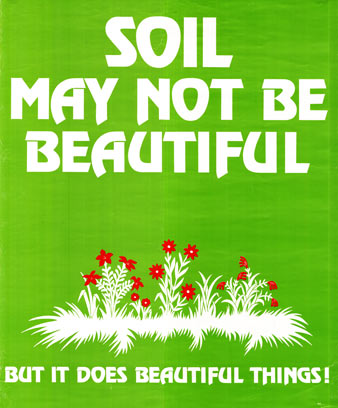Story summary
Soil isn’t just dirt – it holds many nutrients and organisms. New Zealand’s soil is vital to the farming industry.
What is soil erosion?
Wind, rain, floods, rivers, glaciers and earthquakes all erode (wear away) the land. Soil erosion occurs when soil moves (for example sliding down a slope) to a different place. This may be only a short distance, or carried many kilometres away by rivers.
Soil layers
The two top layers are:
- topsoil, which holds food and water needed by plants
- subsoil, under the topsoil, which anchors plant roots, and holds water.
Both can be affected by erosion.
Some types of erosion
- Slip or landslide – after a rainstorm or earthquake, soil may slide down a slope.
- Rills – heavy rain running down slopes can gouge small channels (rills) into the soil.
- Scree – loose mountain rocks, which are unstable and slide downhill.
- Streambank – flooded rivers and streams wear away the banks.
Impact of humans
Humans have sped up soil erosion. New Zealand’s native forests once protected the soil, and tree roots kept subsoil stable. But settlers burnt the trees and planted pasture for sheep and cattle. Rain and floods began washing away the topsoil. On some hill country, soil slid down the slopes.
In the South Island, farmers burnt tussock and planted pasture. Where bare soil was exposed to wind, frost and rain, the topsoil was easily eroded.
Damage to New Zealand’s hill country and other farmland costs up to $150 million annually.
Impact of animals
The settlers brought rabbits, deer, possums, sheep and cattle. The animals ate and trampled plants and trees, exposing the soil to rain and wind.
Where does the soil go?
- Down to flatter land, where it may block roads and damage houses.
- Into streams and rivers, harming water and wildlife.
- Out to sea.
Soil conservation
Since the 1940s, many methods have been used to save the soil and prevent erosion, including:
- planting trees
- using new farming methods
- stopping rivers flooding
- building small dams in gullies to slow down water run-off
- digging channels across farm slopes to divert water
- protecting areas likely to be eroded.





